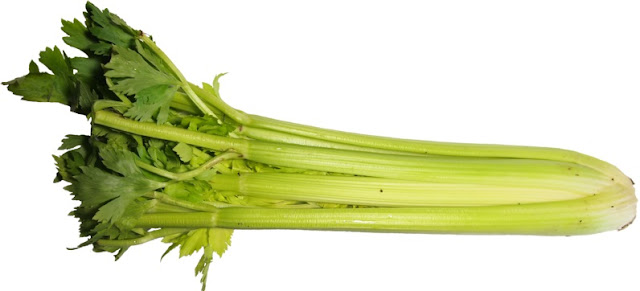Cultivation of Celery in India; A full Information Guide
Cultivation of Celery in India; A full Information Guide
The places of origin of celery extend from Sweden Southward to Algeria, Egypt, Abyssinia, and in Asia even to Cancasus, Baluchistan, and the mountain of India.
Local Name of Celery ;
Nutritive Value of Celery;
|
Nutrient |
Value |
Nutrient |
Value |
|
Moisture |
95.5 g |
Protein |
0.8 g |
|
Fat |
0.1 g |
Mineral |
0.9 g |
|
Fibre |
1.2 g |
Carbohydrate |
3.5 g |
|
Calories |
18 |
Calcium |
4.8 mg |
|
phosphorus |
38 mg |
Iron |
0.6 mg |
|
Vitamin A |
867 IU |
Vitamin C |
6.0 mg |
|
Riboflavin |
0.05 mg |
Nicotinic acid |
0.30 mg |
Health Benefits of Celery Plant ;
1) Celery intake Can Help You Reach Your Vitamin and
3) It Can Help Keep You Hydrated
4) Celery consumption, Along With Other Vegetables, May
6) Promotes nerve cells health and prevent memory loss
7) Aids digestion
Climate Requirement for Celery Cultivation;
Important Varieties of Celery;
EC-99249-1, PRL-85-1,
Soil and its preparation for Celery Cultivation;
Sowing of Seeds for Celery Cultivation ;
a) Sowing Time. The seed is sown in July-August in the Plains and March-April in the hills.
Manuring Required for Celery Cultivation ;
The manuring schedule is 15-20 Cartloads of F.Y.M. or Compost, 80 kg of urea, 30 kg of superphosphate (Single), and 120 kg of muriate of potash per acre.
Aftercare in Celery Cultivation;
It requires plenty of water. So frequent irrigation should be given. Blanching improves the flavor and tenderness. It is done either by wrapping paper around the leaf stalks or earthing up the soil as the plant grows.
Harvesting of Celery Crop;
The crops become ready for harvesting after six months of transplanting. The crop is harvested by cutting the plants just below the surface with a sharp knife.




